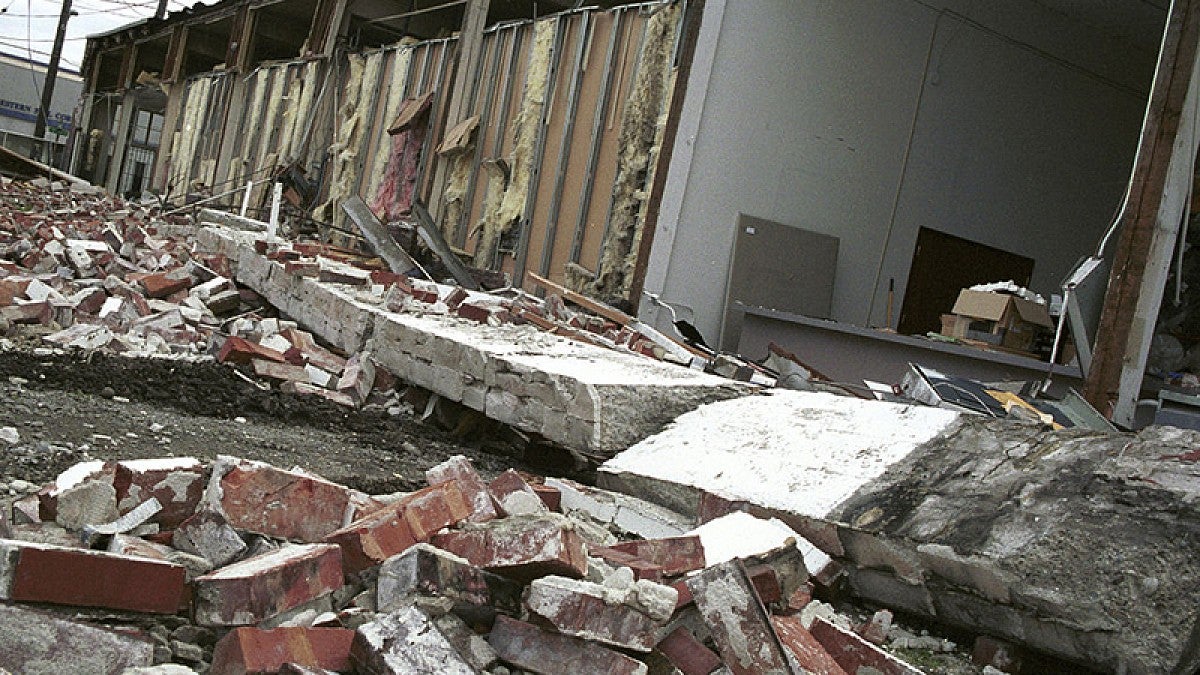Miles Bodmer, a doctoral student in the UO’s Department of Earth Sciences, and Doug Toomey, a UO seismologist, recently wrote an article for The Conversation revealing new information about the Cascadia Subduction Zone.
A small oceanic plate called the Juan de Fuca plate is being forced underneath the larger North American plate. This creates an earthquake-prone subduction zone along the Pacific North Wes. Bodmer and Toomey discussed their recent research that used seismic energy caused by nearby earthquakes with a magnitude 6 or higher.
“By measuring the arrival times of seismic waves, we create 3D images showing how fast or slow the seismic waves travel through specific parts of the Earth,” the researchers wrote.
These signals allow geologists to understand unseen parts of the Pacific Northwest that may be more susceptible to a large seismic event.
The research Bodmer and Toomey share shows that seismic waves moved more slowly than expected in the northern and southern regions of the subduction zone.
“Unfortunately, our results can’t predict when the next large Cascadia megathrust earthquake will occur,” the article stated. “Our work does suggest that a large event is more likely to start in either the northern or southern sections of the fault, where the plates are more fully locked.”
The article, originally published through The Conversation, has been posted on the websites of several newspaper outlets, including the Daily Mail, Los Angeles Times, Chicago, Tribune and Scientific American.
To view the article, see “Parts of the Pacific Northwest’s Cascadia fault are more seismically active than others – new imaging data suggests why”
The research also was covered in an Around the O story.


